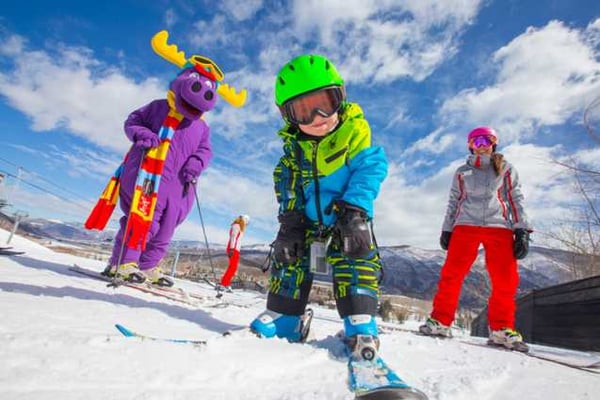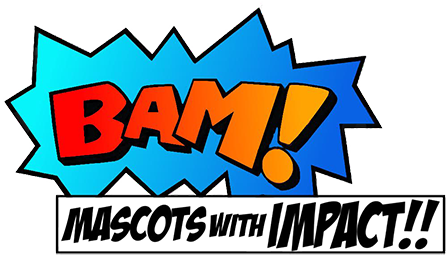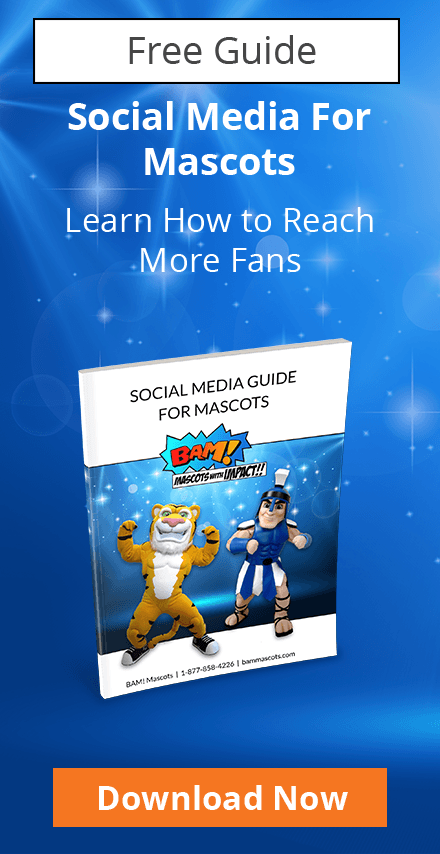
The secret of any great act, whether at the theatre, concert hall or on the sports field, is that magic connection between the performer and the audience. In order to create that connection, you need to be appealing and entertaining, in a way that resonates with spectators. When you develop your performance you need to ask, ‘how well do I know what my audience wants?’
Successful brand mascots have a character or persona that has some continuity across events. The persona is not created for each different audience or show. In fact, it’s a good idea to develop the mascot’s personality as part of the costume design process. If your mascot is primarily performing for University / College students then the costume can be more edgy, mature and even aggressive.
So, if you go back to the beginning of the design process - it would be helpful to have a really good idea of who is the main audience. In a similar way that marketers develop buyer personas, you can create an audience persona or two. This could include factors such as language, age, activities, culture references, local community context.
Now - imagine a mascot character that would really connect with that audience. In addition to helping select physical characteristics: facial expressions, body type, colours; the audience persona might provide some ideas for special effects, costume details, brand message, and even performance props.
For example, if your mascot audience is largely composed of elementary school children, one handy prop could be a mascot-sized backpack containing items used during a performance: books, an apple, skipping rope, skate board...
On the other hand, if your mascot is part of a college community you could have props such as sunglasses, team baseball caps, tee-shirts depicting local bands, headsets, even a prop cell phone so that during down moments the mascot can check for text messages.
At BAM, we can create all sorts of props and special features as part of the initial costume design or for an existing mascot that needs an update. Learn more about enhanced features here.
Knowing your audience will also help you develop a way of interacting with people that is instantly appealing. When performing for younger children, reduce exaggerated or fast movements that could frighten the timid audience. Mirroring behaviours such as sitting on the floor and playing with an object can make the mascot instantly approachable.
No matter which age group you are interacting with, it’s a good idea to have a guide or assistant with you. This person can speak with fans if necessary and intervene if there is an incident that the performer needs help with.
Engaging with your audience is a big part of being a mascot performer. To create a special bond and build-up a loyal fan base, you need to think about your audience and how best to connect with them.
Interested in getting a professionally crafted mascot costume or looking to update an existing mascot? Contact us today. We’d be pleased to offer some advice and explain our design process.





